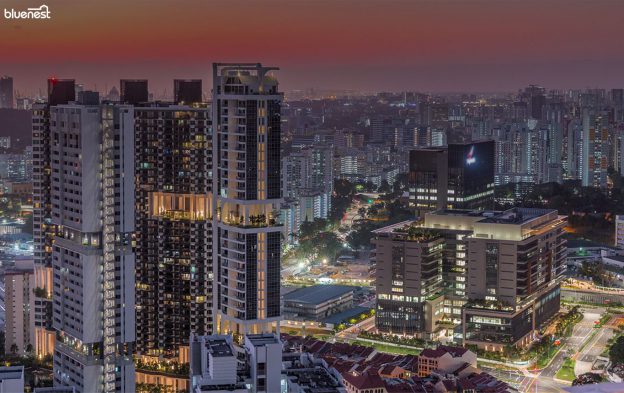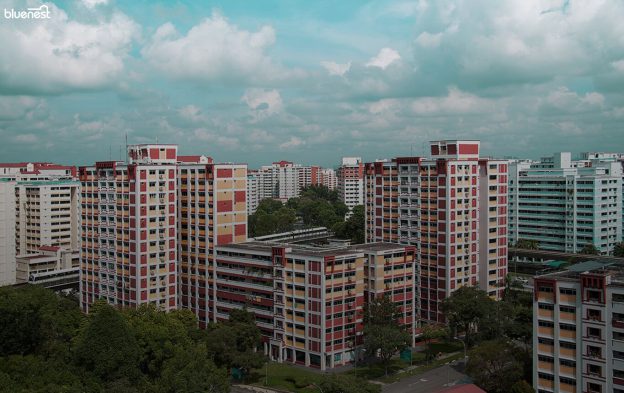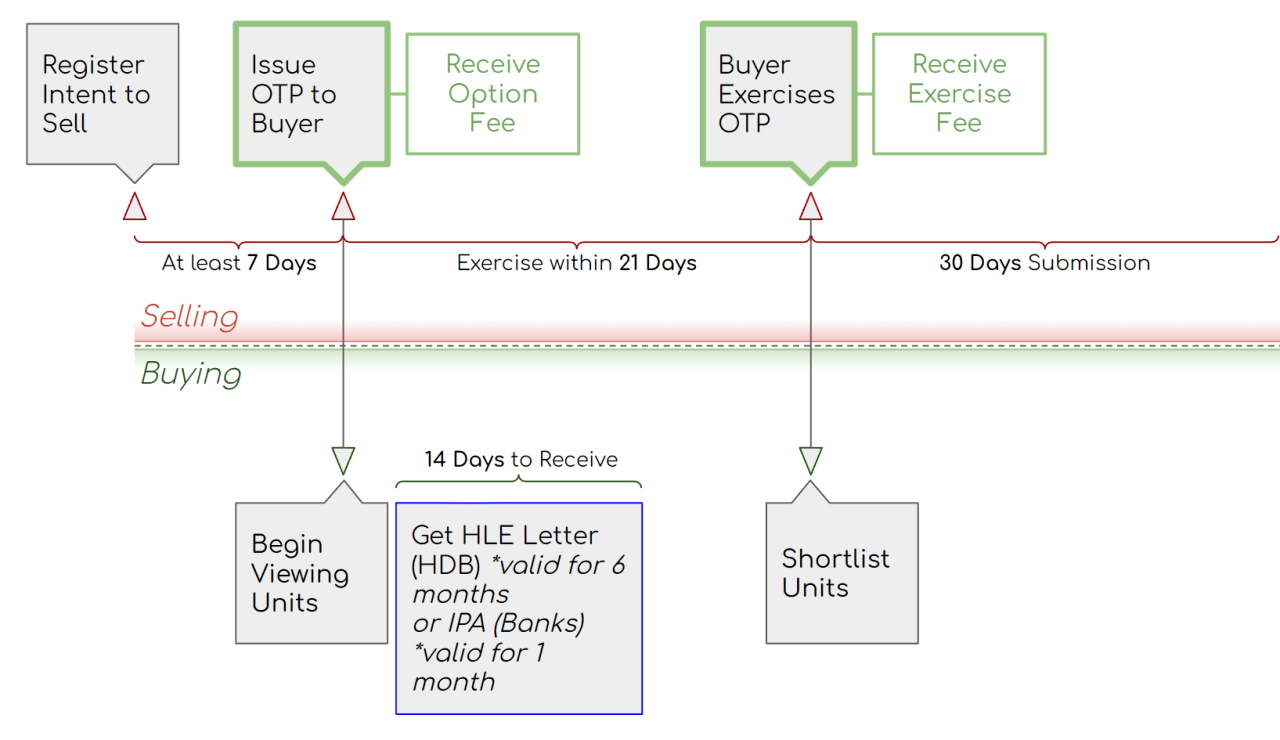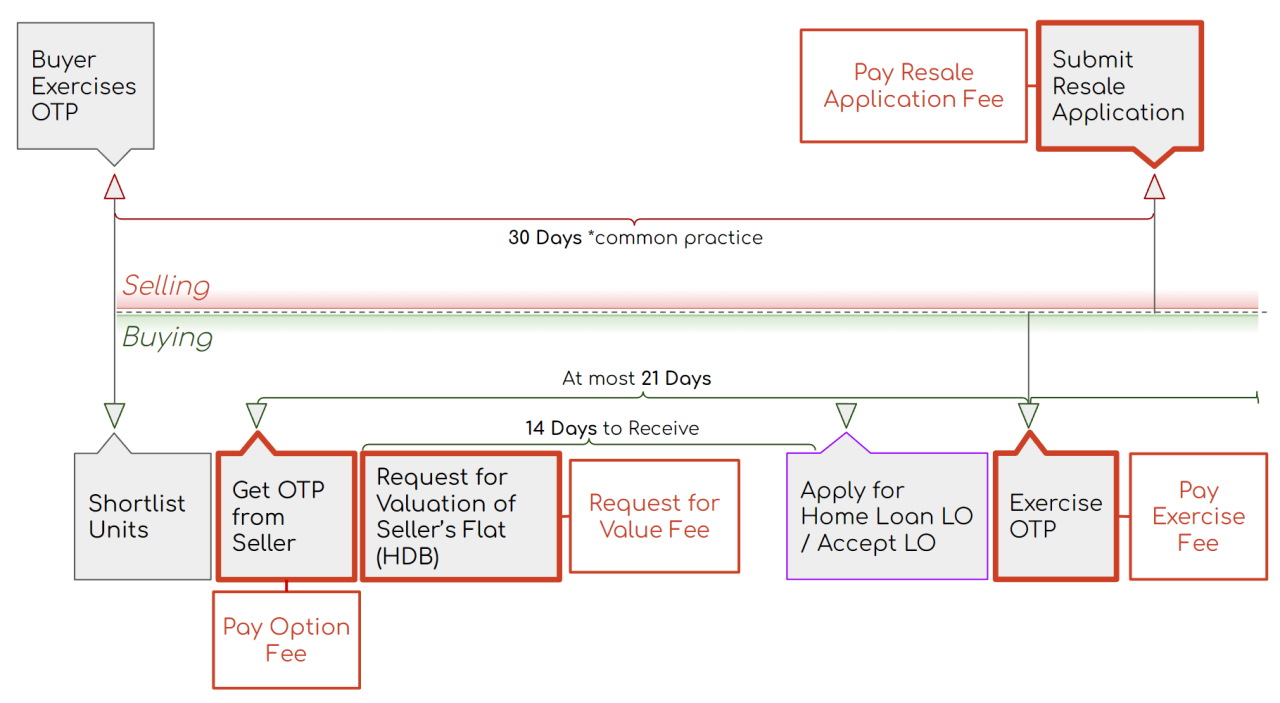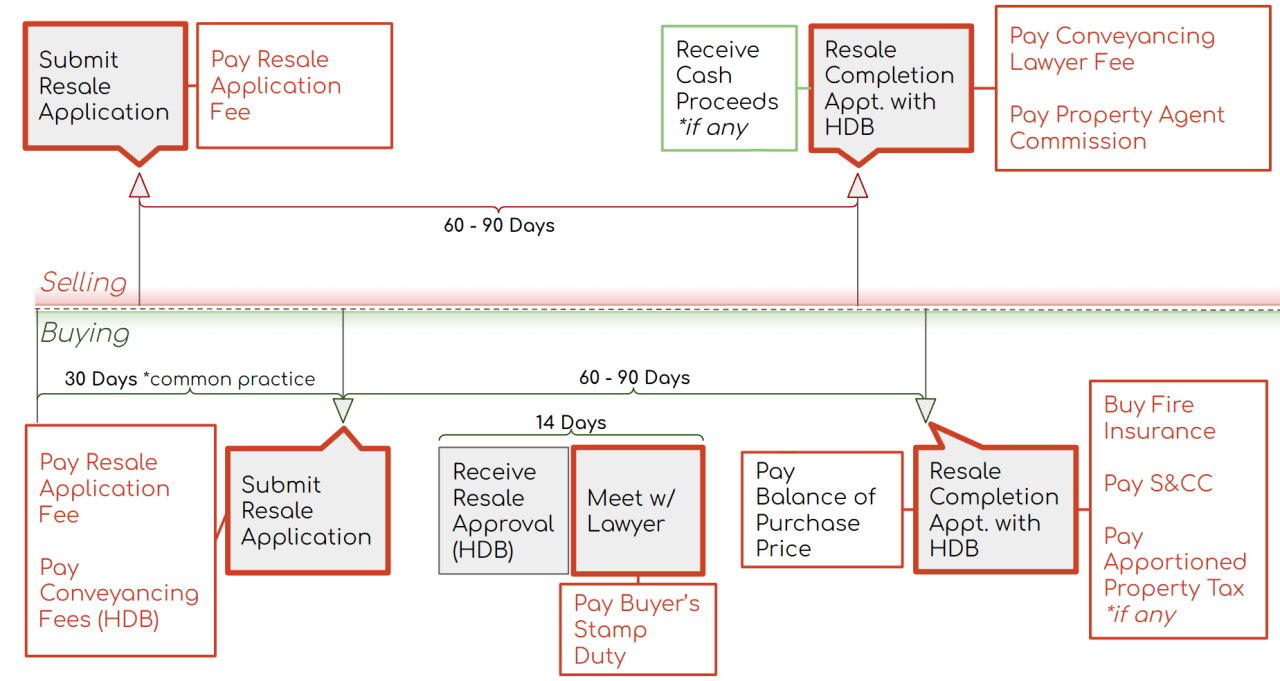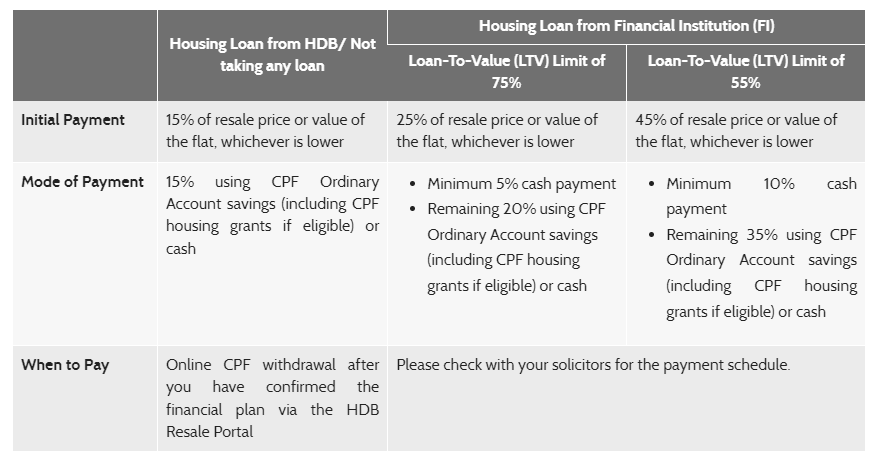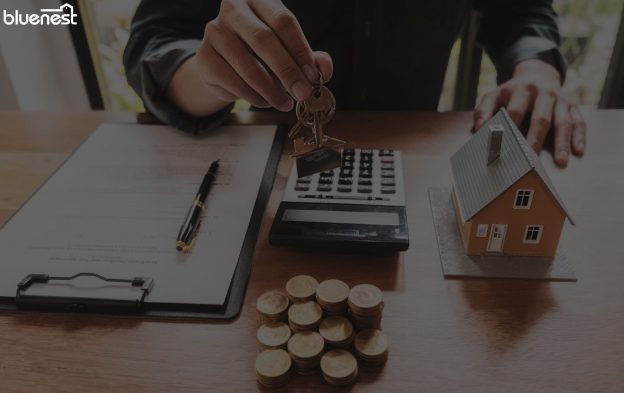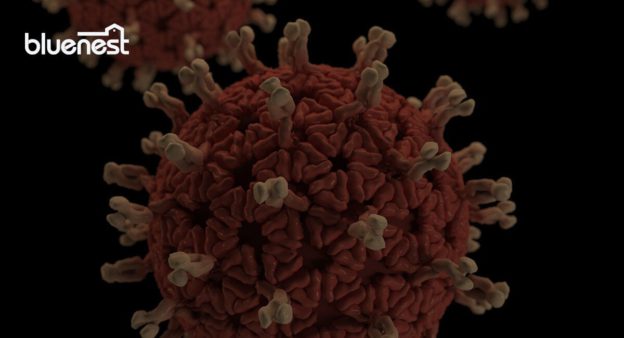For many HDB upgraders, buying a resale condo before (or without) selling their HDB seems like the ideal scenario.
For one, the timeline is a lot easier to plan. You also won’t have to worry about possibly being homeless in between selling your flat and getting the new place.
Best case scenario, the rental income from your flat can help to service the mortgage for your condo.
But that’s assuming you can afford it.
If that’s still a question, we can help. Today, we’ll go through a checklist of three criteria you need to pass to even think about buying a condo before selling your HDB:
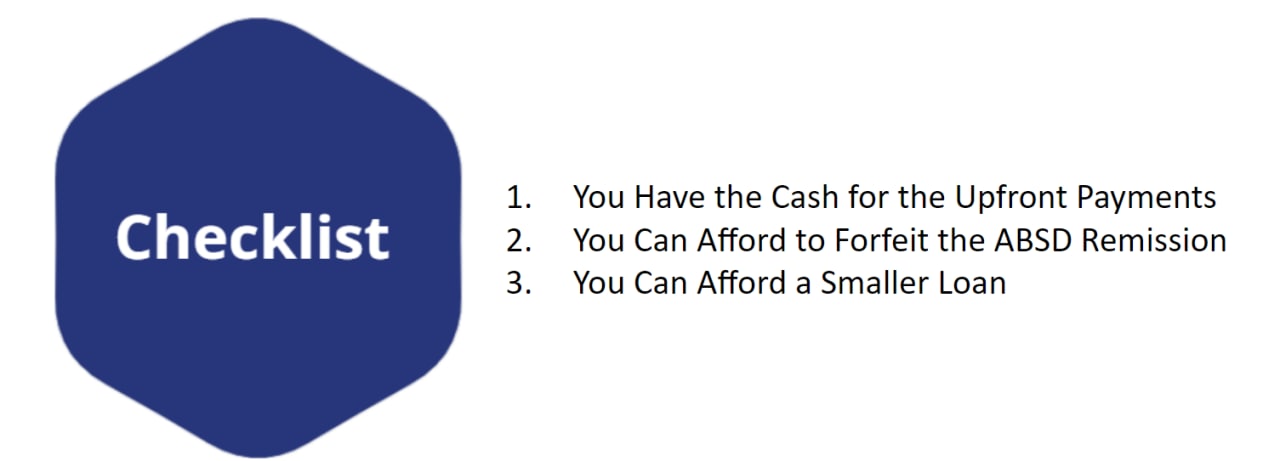
Criteria 1: You Have the Cash for the Upfront Payments.
There are three large cash payments you’ll need to note:
- 25% Down Payment
- Buyer Stamp Duty
- Additional Buyer Stamp Duty
A. Down Payment
Unlike the $5,000 deposit you paid for your HDB, you’ll need 25% of the purchase price in cash for a resale condo. (Source: MAS) You can’t even use CPF for any of it if you’re still paying off the home loan for your flat.
For a $1.3 million dollar condo, that’s a $325,000 down payment when you exercise the option.
(It’s a different story entirely if you no longer have a mortgage to service. You’ll only pay 5% in cash as a down payment then.)
B. Buyer’s Stamp Duty (BSD)
What many people forget when buying a condo is that the BSD payable is much larger. And for a resale condo, you’ll need to pay stamp duties in cash first before applying for reimbursement from CPF later on. Your lawyer will collect the stamp duty when you exercise the option.
Here’s the latest table of rates from IRAS:
| Purchase Price or Market Value, whichever is greater | BSD Rate (Residential) | |
| First $180,000 | 1% | |
| Next $180,000 | 2% | |
| Next $640,000 | 3% | |
| Remaining Amount | 4% | |
That means on a resale condo that costs $1,300,000, you’ll pay:
(1% x $180,000) + (2% x $180,000) + (3% x $640,000) + (4% x $300,000) = $36,600 in Buyer Stamp Duty.
Read also: 7 Spacious 3-Bedroom Condos Near MRT Under $1.5K PSF
C. Additional Buyer’s Stamp Duty (ABSD)
ABSD is due at the same time as BSD. You can apply for an ABSD remission later on if you fulfil certain criteria, but you’ll pay it in cash first. (More on the remission in a bit.)
Assuming you and your spouse (or whomever you’re buying the resale condo with) are both Singaporean, you’ll pay 17% ABSD on either the purchase price or market value of the resale condo, whichever is higher. If one of you is a PR, you’ll pay 25% instead.
With the average resale condo, the downpayment + BSD + ABSD can easily be upwards of half a million dollars.
Criteria 2: You Can Afford to Forfeit the ABSD Remission.
Some HDB upgraders assume that the ABSD remission is easy enough to secure. All they need to do is sell their flats soon after buying the resale condo, right?
The truth is, you need to prepare yourself financially in case you don’t get the ABSD refund. There are a number of risks that may cause you to lose it.
If you don’t have a healthy buffer without it, buying the resale condo before selling the HDB might not work for you.
Example #1: Buyer Disqualifies Themselves
In hopes of buying another condo later on, some buyers choose to decouple for the purchase of the first resale condo. Unfortunately, this disqualifies them for the refund.
One of IRAS’s conditions is that the married couple must purchase the second property under both their names only. Sadly, there are agents who forget this clause and continue to promote decoupling.
(IRAS is very strict about not giving extensions, even if you got misleading information from your agents or lawyers.)
Example #2: You Can’t Sell Your Flat In Time.
Since you only have 6 months to sell your HDB after buying the resale condo, it makes your timeline rather tight. This is especially so if you intend to do extensive renovations and move into the condo before you sell the flat.
What if there are renovation delays?
And what if you’re holding out for the best possible offer for your flat?
In some cases, you might be forced to sell below market rate just to secure your ABSD refund. But there’s no guarantee you’ll find a buyer even if you lower your price.
Other Requirements
For married couples, other conditions for the ABSD refund include:
- The married couple must include at least one Singapore Citizen.
- You apply for the refund within 6 months after selling the flat (starting from when the buyer exercises the OTP). No putting off the paperwork, folks.
- You haven’t purchased or acquired any other residential property since buying the resale condo. This is relevant particularly to those likely to inherit properties.
- The couple remains married and there is no change of ownership for the resale condo at the time of HDB flat sale.
As with any investment, know the risks and budget accordingly.
Criteria 3: You Can Afford a Smaller Loan.
This only applies if you’re still paying off the home loan for your HDB. If you’re taking out a second loan, your loan-to-value (LTV) ratio is capped at 45% for a 30-year tenure.
If the loan tenure is over 30 years or the loan period extends past your 65th birthday, it’s capped at 25%.
Following our earlier example, you can borrow a maximum of $325,000 if you’re purchasing a $1,300,000 condo. That leaves you having to come up with almost a million dollars in cash or CPF.
Don’t forget the Total Debt Servicing Ratio (TDSR). If you have a car loan or any other form of debt, the new home loan + existing loans are all capped at 55% of your income.
(To recap: TDSR is calculated based on Total Monthly Debt Obligations as a percentage of Gross Monthly Income. If your Gross Monthly Income is $10,000, you’ll be capped at $5,500 for your total monthly debt payments.)
For Most, Selling HDB First and Buying Condo After is the Way to Go
For most HDB upgraders, the less risky and stressful route is to sell their HDB flat before they buy a condo unit. You can take advantage of HDB’s Extension of Stay facility (Read more: Extension of Stay HDB: Traps to Avoid to Protect Both Sides) to create a buffer in your timeline.
Even if you do have to arrange for some short-term accommodation, it will probably end up costing you less than trying to buy a condo unit before selling your HDB flat.
Still need property advice? Get in touch with us.

